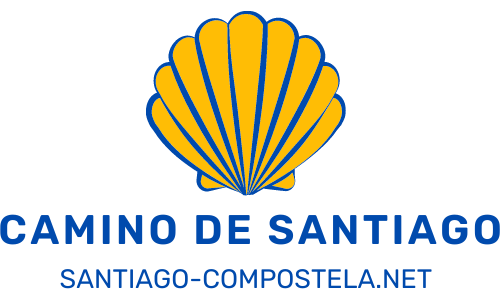Ponferrada is a major town on the Camino. The name Ponferrada was given to the town after an iron bridge (pons ferrata in Latin) was built over the river Sil in 1082, commissioned by the bishop of Astorga. This was possible in such an early period due to the fact that the area was rich in various minerals, including iron and gold. (It had been a mining center even in the days of the Roman Empire. Some of the Roman mines are still visible.)
In 1178, King Ferdinand II of León donated the city to the Templar Order to protect pilgrims of the Way. The Castle of the Templars was built in the 13th century.
In the 20th century, the development of Ponferrada was centered around coal mining up until the 1990s, when most of the mines were closed down.
Starting the Camino in Ponferrada
Ponferrada has a railroad connection to Madrid (directly from Barajas Airport) and Vigo. You can also take a direct bus from León.
A credential can be obtained in the Albergue, and in several churches in town.
Accommodation in Ponferrada
| Hotel name | Type | Price range | Room type | Other |
| Albergue Guiana | Albergue | Budget | Shared rooms | Facilities for disabled guests, WiFi, Dining area with vending machines, Laundry service, Shared lounge |
| El Ancla | Hotel | Budget | Private rooms | Facilities for disabled guests, Bar & Restaurant, WiFi, Non-smoking rooms |
| Hostal Nirvana | Guest house | Mid-range | Private rooms | Shared lounge, Bar, WiFi, Facilities for disabled guests |
| Ponferrada Plaza | Hotel | Mid-range | Private rooms | Bar & restaurant, WiFi, Non-smoking rooms, Fitness center |
| El Silencio de Galadhrim | Apartment | Splurge | Two bedroom apartment | Breakfast included, WiFi, Kitchen, Balcony |
What to see in Ponferrada
Castillo de los Templarios
The 13th-century castle belonged to the Order of the Knights Templar. The order’s main task was to protect pilgrims passing through the El Bierzo area. According to legend, the Templars were in need of wood while building the castle. When they were about to cut down a particular oak tree (Encina means ‘holm oak’), it parted in two, revealing a niche hiding the statue of the Virgin Mary and the Infant Jesus. Today the statue can be seen inside the Basílica de la Encina.
Each year, under the light of the first full moon of summer, there is a medieval festival called Noche Templaria (‘Templar night’), where locals dress up in medieval costumes, and a medieval fair and festivities are held.
Basílica de la Encina
The Virgen de la Encina is the patroness of the El Bierzo region. Originally the basilica was built in the late 12th century, but since then, it has undergone several alterations.
Torre del Reloj
The Clock Tower is one of the most emblematic buildings in the town. It tops the old city gate through which you enter the Plaza del Ayuntamiento.
